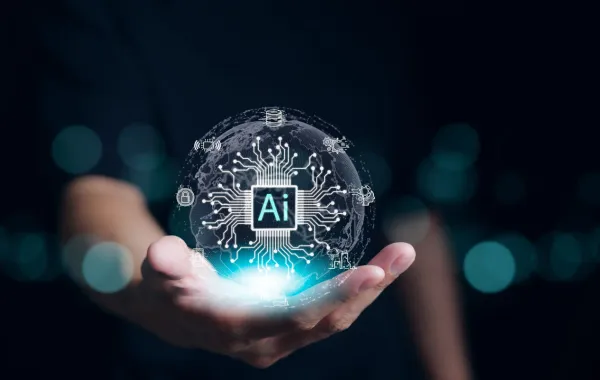The Future of Applicant Tracking Systems

Applicant Tracking Systems (ATS) have become indispensable tools in modern recruitment, streamlining the hiring process and enhancing efficiency. As technology continues to evolve, the future of ATS is poised for significant advancements, driven by artificial intelligence (AI), machine learning (ML), and a focus on user experience.
Market Growth and Adoption
The global ATS market is experiencing robust growth. Valued at approximately $3.2 billion in 2023, it is projected to reach $4.5 billion by 2030, with a compound annual growth rate (CAGR) of 5.3%. This expansion reflects the increasing reliance on ATS solutions across organizations of all sizes.
Currently, about 75% of companies utilize an ATS to manage their recruitment processes. This widespread adoption underscores the critical role ATS plays in enhancing hiring efficiency and effectiveness.
Enhancing Hiring Efficiency

ATS platforms significantly reduce time-to-hire and associated costs. A notable 86% of ATS users report a decrease in time-to-hire, attributing this improvement to the automation of tasks such as resume screening and interview scheduling. Additionally, ATS usage leads to a 20% faster filling of job vacancies compared to traditional methods.
Financially, ATS adoption translates into substantial savings. Small companies can save up to $10,000 per hire by implementing an ATS, considering the average cost to hire a single employee in the U.S. ranges from $3,000 to $4,000 without such systems.
Improving Quality of Hires
The quality of hires is a paramount concern for employers. Approximately 78.5% of ATS users have observed an increase in the quality of candidates hired, a testament to the system's effective sorting and screening capabilities. Moreover, 94% of users report overall improvements in their hiring processes due to ATS implementation.
AI and Machine Learning Integration

The integration of AI and ML is revolutionizing ATS functionalities. In 2025, these technologies are already enhancing tasks such as resume parsing, candidate matching, and predictive analytics. AI algorithms can identify top talent more efficiently, reducing human bias and improving the accuracy of candidate assessments.
However, it's crucial to address the challenges associated with AI integration. Ensuring that AI-driven processes do not inadvertently perpetuate existing biases requires continuous monitoring and updating of algorithms. Transparency in AI decision-making processes is also essential to maintain trust among candidates and recruiters.
Enhancing Candidate Experience
A positive candidate experience is vital for attracting top talent. Modern ATS platforms are increasingly focusing on this aspect, recognizing that 75% of job seekers consider a positive application experience a determining factor when evaluating job offers. Features such as user-friendly application interfaces, timely communication, and personalized interactions are becoming standard in ATS offerings.
Future Trends
Looking ahead, several trends are poised to shape the evolution of ATS:
• Advanced Analytics: Future ATS platforms will offer more sophisticated analytics capabilities, providing deeper insights into recruitment metrics and facilitating data-driven decision-making.
• Mobile Optimization: With the increasing use of mobile devices, ATS solutions are prioritizing mobile-friendly interfaces, allowing candidates to apply seamlessly from any device.
• Integration with Social Media: Leveraging social media platforms for recruitment is becoming more prevalent, and ATS are evolving to integrate seamlessly with these channels to source and engage potential candidates.
• Enhanced Collaboration Tools: Future ATS will offer improved collaboration features, enabling better communication and coordination among hiring teams.
Conclusion
The future of Applicant Tracking Systems is marked by technological advancements that promise to make recruitment processes more efficient, cost-effective, and candidate-friendly. Organizations that embrace these innovations will be well-positioned to attract and retain top talent in an increasingly competitive job market.





